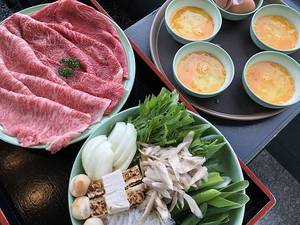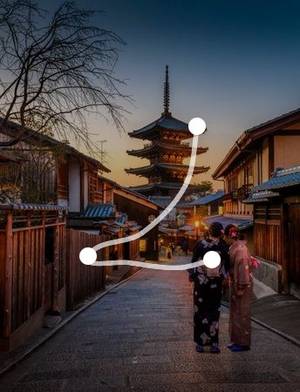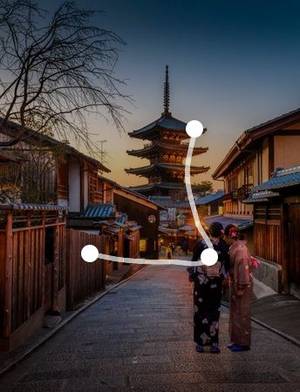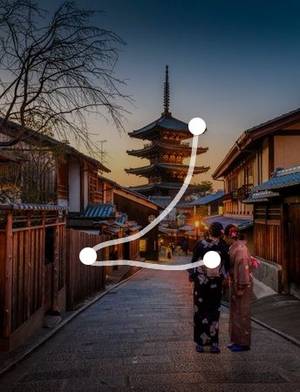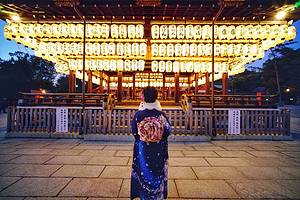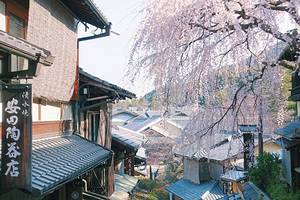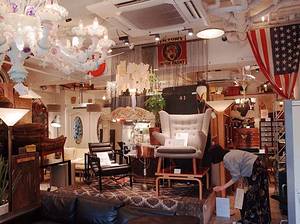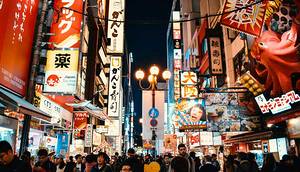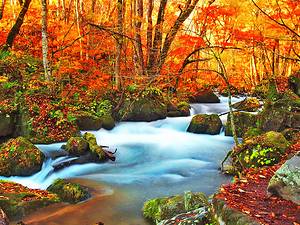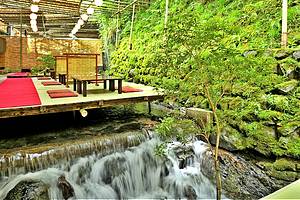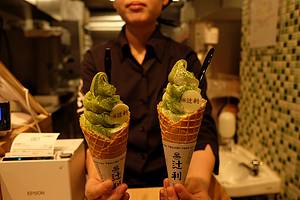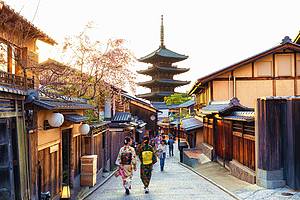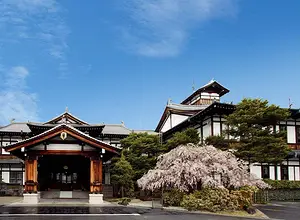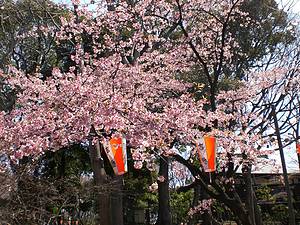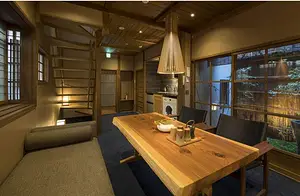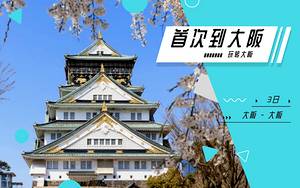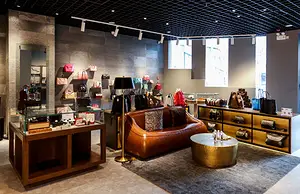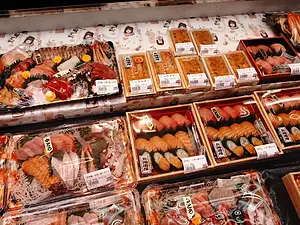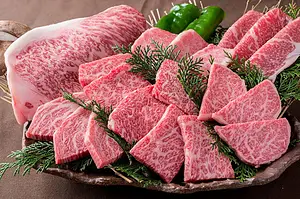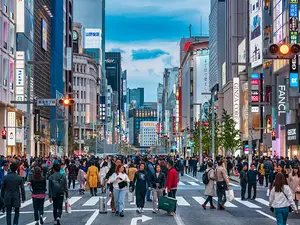Nijō-jō, Symbol of Power and Elegance from the Edo Period
541 Nijo-jocjomae, Horikawa-Nishiiru, Naka-ku, Kyoto-shi, Kyoto-fu 604-8301, Japan
 The style of the entire palace and courtyard is very Japanese
The style of the entire palace and courtyard is very JapaneseIntroduction
Address
541 Nijo-jocjomae, Horikawa-Nishiiru, Naka-ku, Kyoto-shi, Kyoto-fu 604-8301, Japan
Opening hours
8:45-17:00 (last admission at 16:00) for Ninomaru Palace, 9:00-16:00 for Honmaru Palace.
During cherry blossom season (late March to mid-April), evening admission is open to the public. Closed on Tuesdays in December, and from December 26 to January 4, as well as on Tuesdays in January, July, August, and December (If Tuesday is a national holiday, the following Wednesday will be closed).
During cherry blossom season (late March to mid-April), evening admission is open to the public. Closed on Tuesdays in December, and from December 26 to January 4, as well as on Tuesdays in January, July, August, and December (If Tuesday is a national holiday, the following Wednesday will be closed).
Transportation
Bus: Route 9, 50, and 101, get off at Nijo Castle Mae station.
